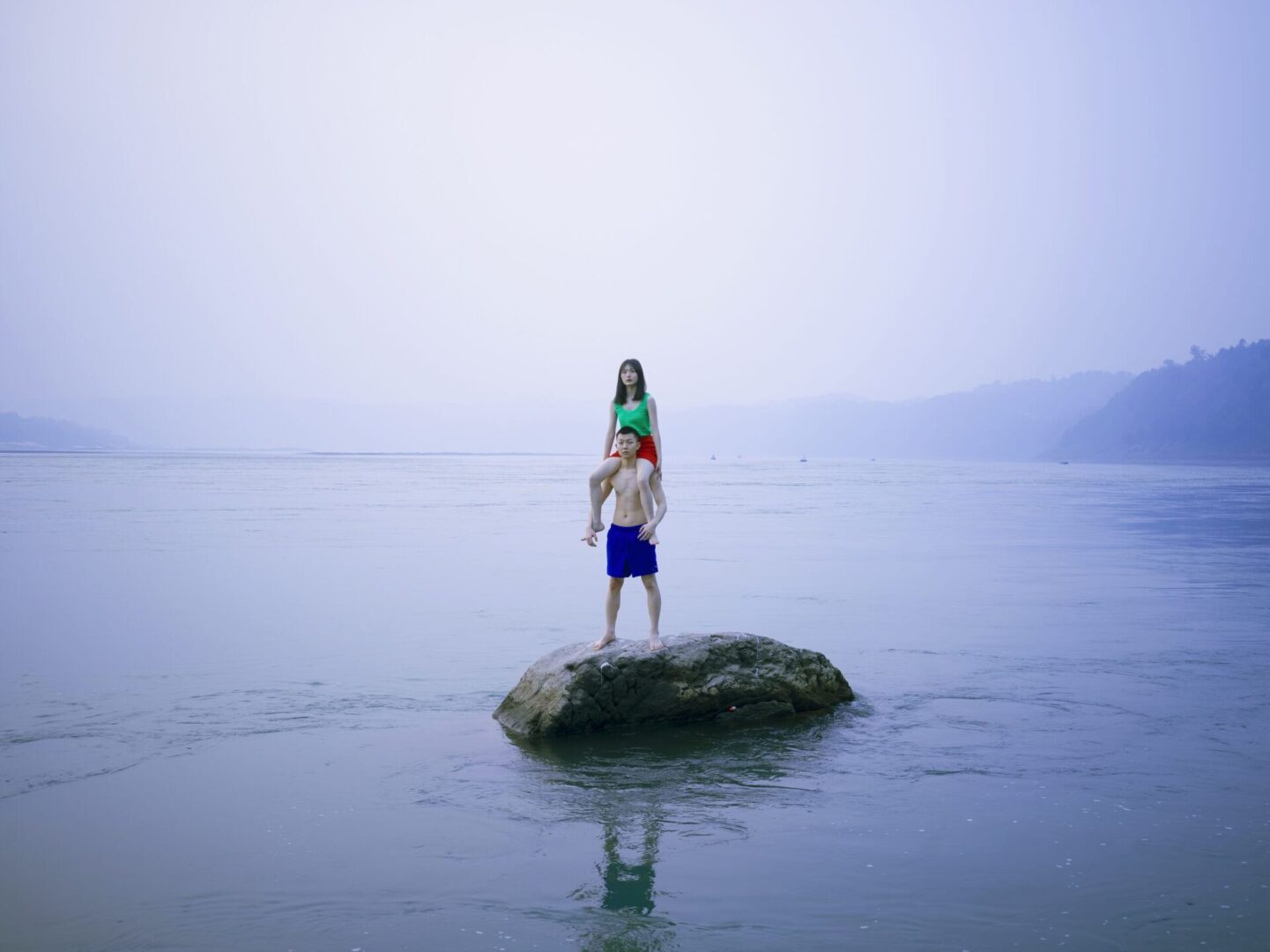Yin Yunya (b. 1990) has long investigated paths of change. Bodies of water, tidal rhythms and shells appear throughout her practice, establishing a visual language rooted in flux. As such, we can say her work exists in a littoral, or intertidal, zone – an ecological concept that describes a fertile area where land and water overlap, inhabited by a rich diversity of animal and plant growth. In much the same way, Yin’s documentary and fine art photography collide with rich results – expressing complex ideas concerning existence.
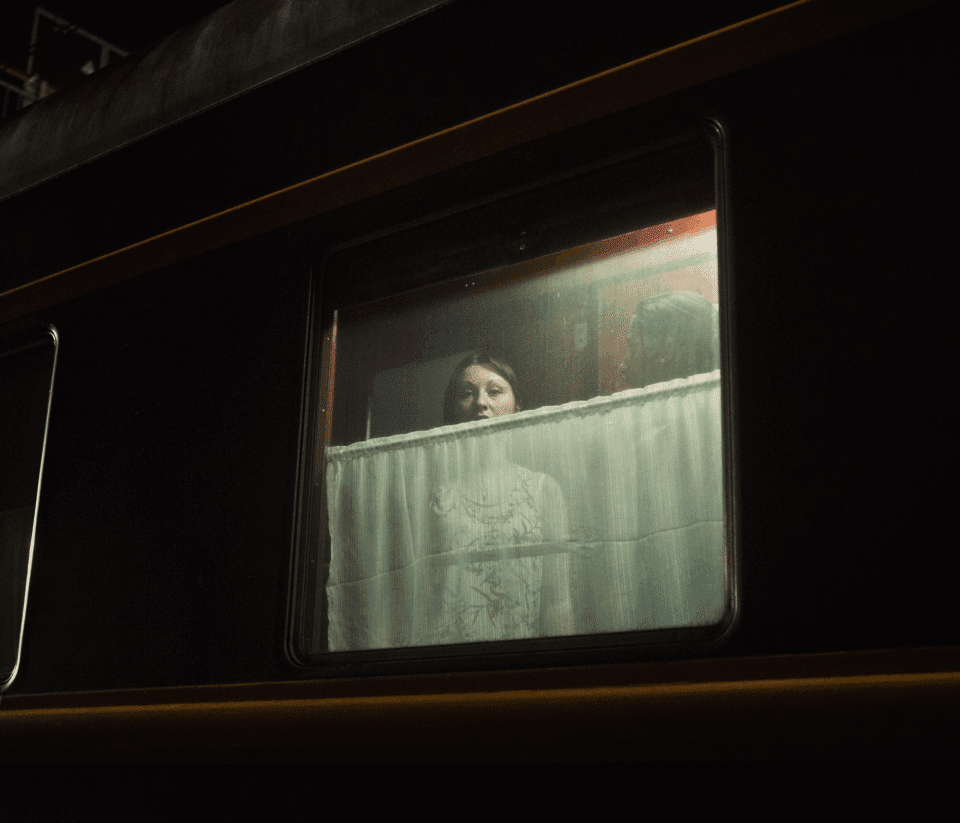
Yin earned a BA in Photography from the Beijing Film Academy (2009-2013), and an MA in Photojournalism and Documentary Photography from the London College of Communication, University of the Arts, London (2015). Her graduation piece, The Timeless Trans-Siberian Railway (2015), created under the aegis of a documentary program, is ostensibly a chronicle of the changing scenery as well as the lives of passengers travelling the nine-thousand-kilometre railway line, the longest in the world. Whilst the series captures the shifting terrain, and the psychology of the travellers, with sympathy, its meaning lies beyond simplistic documentary content. She says: “It is not a travel diary, it is not related to any social issues. The project explores the relationship between time and space, humans and their environments. My photographs are not aiming to represent what the Trans-Siberian Railway is, but rather they illustrate my own individual perceptions, as an East Asian, of this historical route.”
160cmx120cm-960x720.jpg)
The artist’s interest in change was founded early, as a result of the dramatic evolution of her hometown of Luzhou, in Sichuan Province. As Yin grew up, Luzhou steadily developed from a small city surrounded by farmland, into a major metropolis of over four million, with the requisite skyscrapers and paving over of nature. This is a common experience of people in China. Yin explains: “We need great adaptability to adapt to this change, and it takes great effort to gain this adaptability. The system emphasises the results of rapid development, but does not mention the cost of residents adapting to these changes. It is precisely because of this huge change in the environment that I think of the ‘intertidal zone,’ an ecological zone that undergoes huge changes every day. The creatures in this zone must adapt to both seawater and land.”
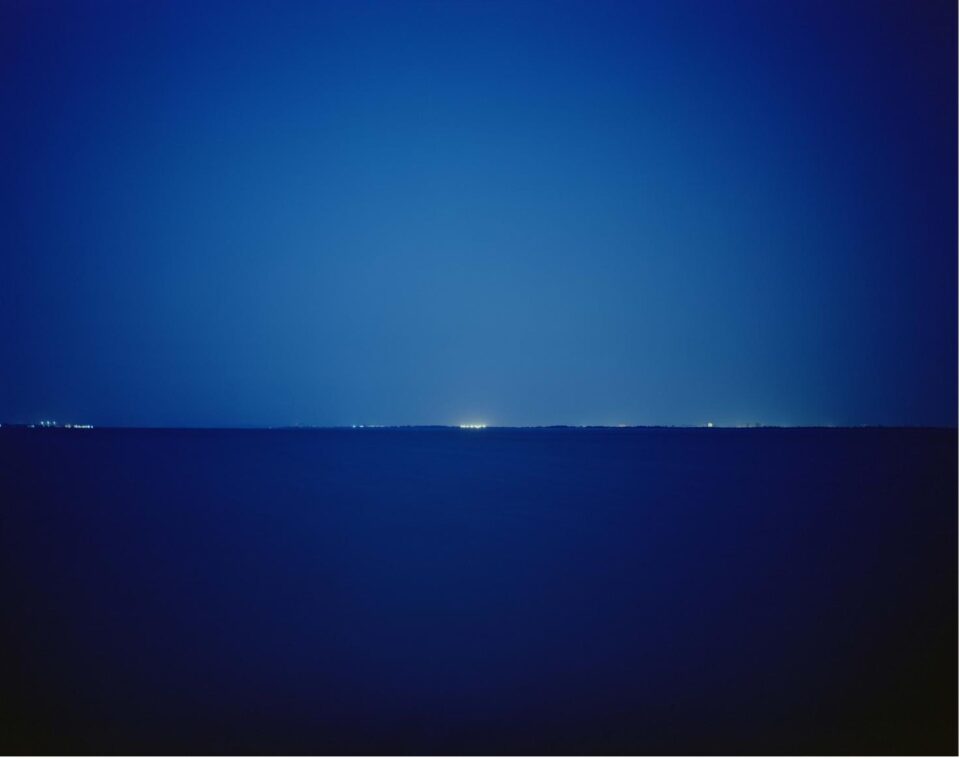
To live in an in-between space, a metaphorical littoral zone, is something we all experience to some degree. Adolescence is an inevitable shared experience we all pass through both psychologically and physically, feeling the dual pulls of childhood and adulthood as we move from one stage of life to another. This is a subject Yin investigated through her early photographs, like Imaginary Adolescence (2016). More recently, Yin Yunya’s solo exhibitions, Between the Tides (2023) and Untied Boat (2024), have provided stunning presentations of her nuanced understanding of the littoral zone, made more compelling by their seductive beauty and poetic accompaniments. Combining photography and video with installation, these conceptual pieces dramatically suggest the impact of worlds in flux upon our lives and psyches.
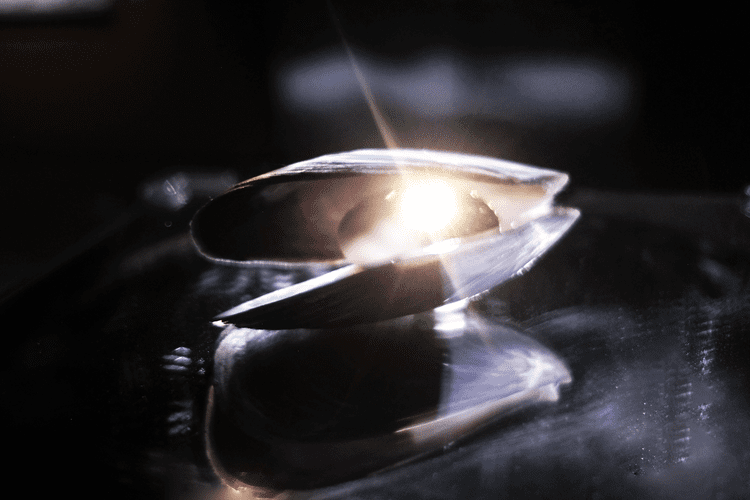
The photographs included in Between the Tides (2023) meditate on existence. Works illustrating Yin’s ideas about boats and states of being include Limited Steps, Unlimited View (2023) and Unlimited View VI (2024), which highlight concepts of freedom and existing on open water, albeit with limited space. Meanwhile, in SHELTER (2021), visitors are invited to walk upon piles of mussel shells, armed with the knowledge that whilst mussels grow very strong shells to protect their soft bodies within, they nevertheless are at the mercy of wading birds and other creatures. The shell is a symbol of fragility, and visitors can look at themselves through the mirror of a specific example after they step on and crush it into the ground.
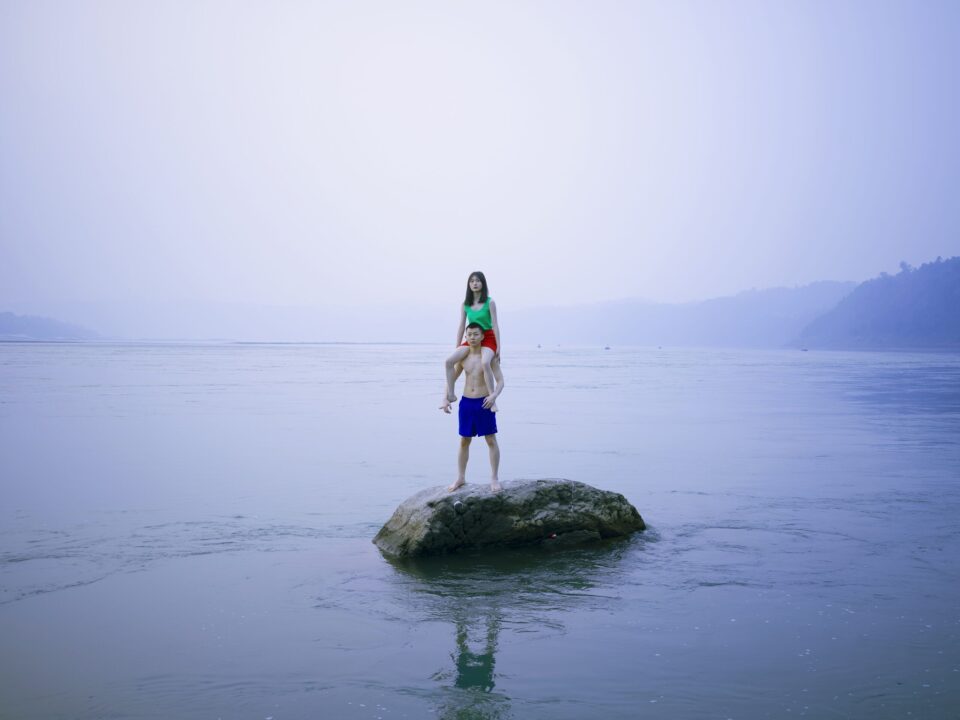
Yin Yunya has developed a cogent set of metaphors centring around the littoral, or intertidal, zone. To effectively convey these messages, she harnesses an assemblage of materials and images – boats, shells, horns, aimless youths, and so on. Enlarging on these ideas, Yin writes texts and includes poetry in her artist’s statements. What bumps her installations, and individual works, up a level, is her understanding of the power of colour, the delicacy of her touch, and her ability to place sparse and delicate items in the context of a large installation. In other words, her choreography goes beyond the obvious, subtly influencing the viewer. When asked about this, Yin says that: “while beauty is not my goal, nevertheless aesthetics act as a “beautiful cloth”, cloaking the difficult issues I address in my work. In the end, my understanding of the world can be summed up as beauty interlaced with brutality.”
Words: Britta Erickson
Image Credits:
1. Yin Yunya, Limited Steps, Unlimited View, from Between the Tides, (2023).
2. Yin Yunya, Trans-Siberian-70, (2015).
3. Yin Yunya, Acclimation, from Between the Tides, (2022).
4. Yin Yunya, Tides, from Untied Boat, (2024).
6. Yin Yunya, SHELTER, (2021).
7. Yin Yunya, Limited Steps, Unlimited View, from Between the Tides, (2023).


